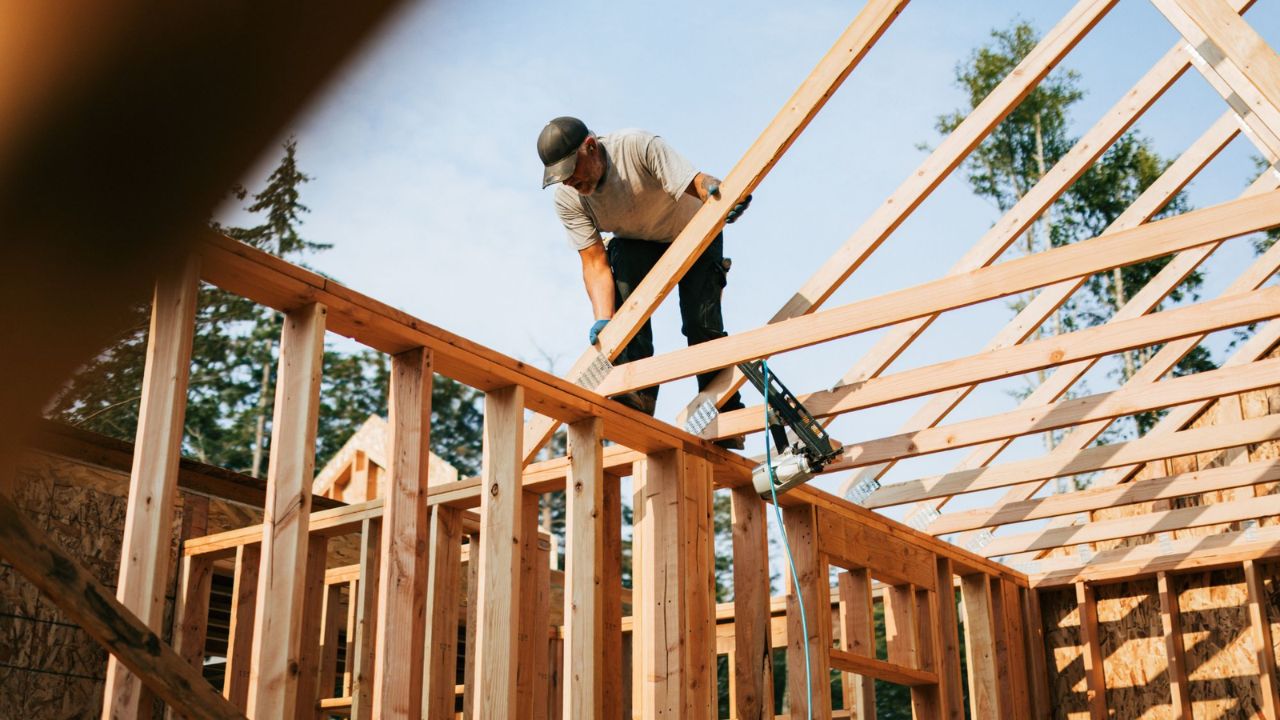House prices could remain under upward pressure through 2025 as new construction falls 60,000 homes short of annual demand, according to a pre-budget submission from the Housing Industry Association (HIA).
“Australia is facing a critical shortfall in housing supply, with only 180,000 homes built in the last year – well below the 240,000 needed annually to meet demand,” said HIA Managing Director, Jocelyn Martin.
“This is not just a numbers issue, it is a crisis that is affecting families, renters, and would-be homeowners across the country.”
As part of its Pre-Budget Submission, HIA has proposed a $12 billion infrastructure investment over the next five years to help unlock land supply and fund essential infrastructure.
“This funding is essential to unlock land supply and deliver the enabling infrastructure, such as roads, water and sewerage, that housing developments require,” Ms Martin said.
“The lack of essential infrastructure is a handbrake on housing supply, and this Budget must take steps to prioritise infrastructure funding to fast-track projects and make land ready for development.”
Planning Reform and Workforce Shortages
HIA is also calling for a coordinated, national approach to planning reform to cut delays and unnecessary costs that are slowing housing development.
“The inefficiencies in our planning systems are strangling housing supply,” Ms Martin said. “It is time for a national strategy to align efforts across all levels of government, streamline processes, and remove the regulatory hurdles that are inflating the cost of housing. A National Planning Summit would be a powerful first step in driving genuine reform.”
She said workforce shortages remain a significant barrier to meeting housing targets, with an estimated 83,000 additional skilled workers needed in the residential construction sector to deliver the Government’s commitment of 1.2 million homes over five years.
“That means investing in streamlining migration pathways for in-demand trades and increasing support for apprentices and employers through better training incentives and retention programs.”
Housing Affordability and First-home Buyer Support
With the average cost of a house-and-land package in major cities now at $1.3 million, Ms Martin said home ownership is becoming unattainable for many Australians.
“First-home buyers are being locked out, with saving for a deposit taking upwards of six years. We need to expand and simplify programs like the Home Guarantee Scheme and explore innovative approaches, such as allowing superannuation to be used to buy a house.”
Ms Martin also stressed the importance of decisive action, warning that half-measures will not be enough.
“Housing is fundamental to Australia’s economic stability and social wellbeing. The 2025-2026 Budget is an opportunity to make meaningful progress by delivering the investments and reforms needed to address the crisis.”

